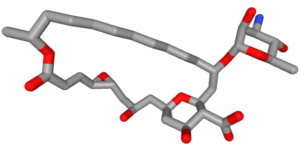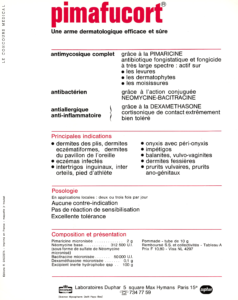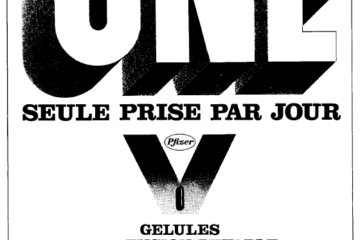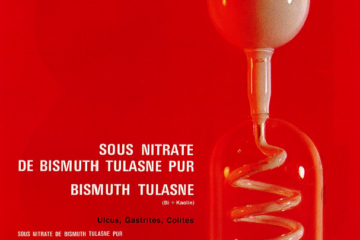Pimafucort is a multi-drug preparation containing (i) two antibacterial compounds, neomycin and bacitracin, (ii) a natural antifungal agent piramicin and (iii) an anti-inflammatory agent, dexamethasone. The two antibiotics and the corticoid remain largely used today, as well as the antifungal drug, but they are no longer used all together apparently (at least in France).
Piramicine is better known under the name natamycine (or E235), produced by the bacteria Streptomyces natalensis. It is frequently used in creams, eye drops or tablets, worlwide. It is also largely used in the food and beverage industry, added to pastries, cheeses, and beverages for examples, as a preservative agent. The use of this polyene macrolide (with a 26-membered macrolactone ring) started in 1967 as a cheese preservative, and as become a key drug in the management of fungal keratitis, a major cause of blindness in corneal diseases. Its mechanism of action was characterized not a long time ago (in the early 2010s), when it was shown that the drug inhibits the transport of amino acids and glucose across the plasma membrane by a sterol-dependent mechanism. It interacts with ergosterol in the plasma membrane. This biofungicide is largely used worlwide, for more than 50 years now.
The illustration of a white rose emerging from a fire probably evoked the safety of the white cream and its efficacy to reduce inflammation. Stop the fire, bring the flower… could be the slogan for this so called “dermatologic weapon”.





